2000 Mazda B2500 Brake Rotors and Pads
Click here to search another vehicle
All Rotors:
OEM x
Coated x
Drilled, Slotted and Coated x
Front x
Rear x
All Pads:
Ceramic x
Semi-metallic x
Front x
Rear x
Found 8 record
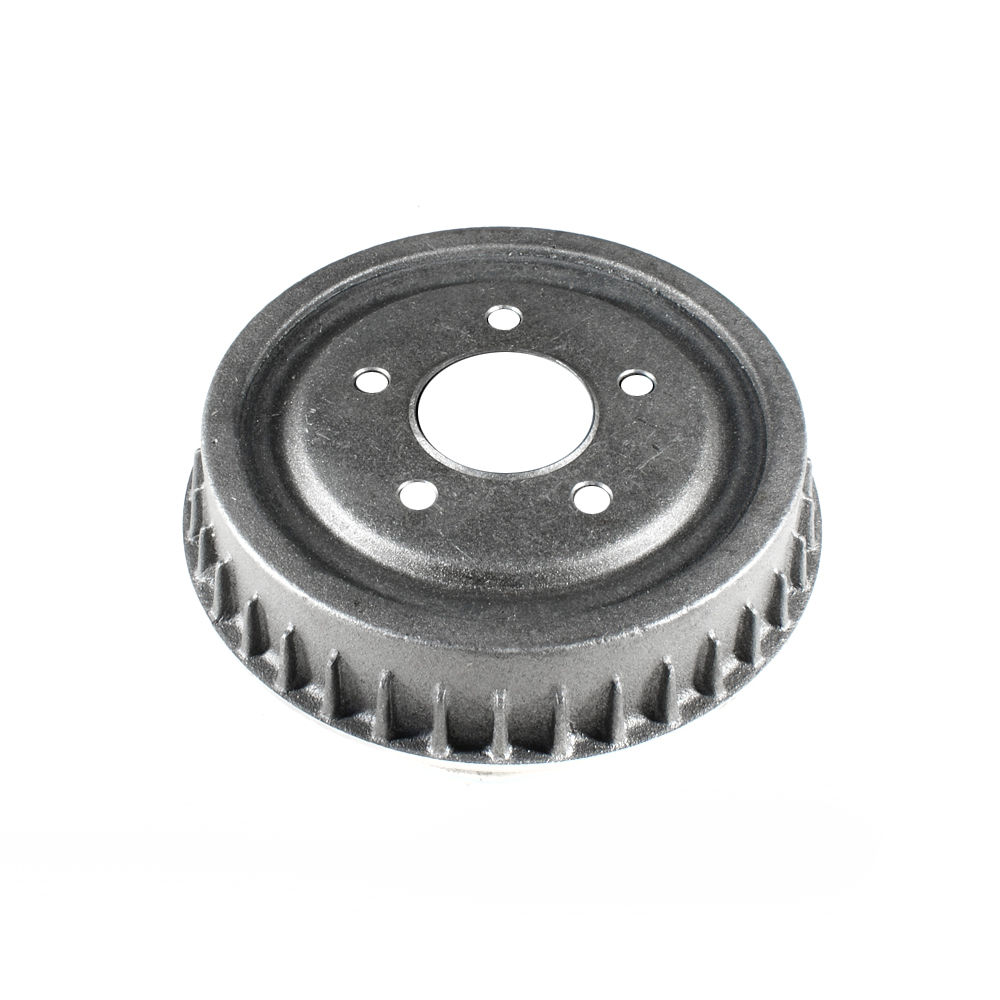
Part No: BD80036
Raybestos: 9651
OE: F87Z1126BA
Raybestos: 9651
OE: F87Z1126BA
$38.84 each
Per Car QTY: 2
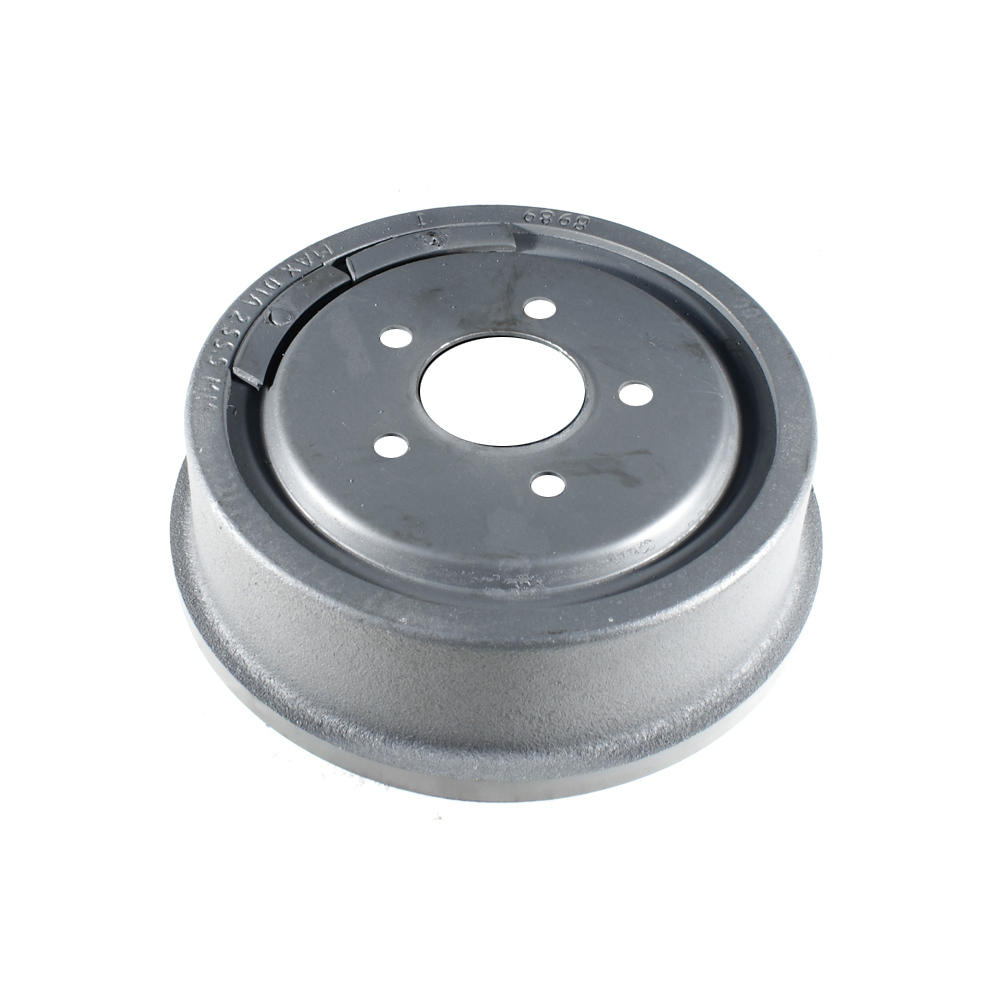
Part No: BD8989
Raybestos: 9498
OE: F07Z1126A
Raybestos: 9498
OE: F07Z1126A
$54.41 each
Per Car QTY: 2
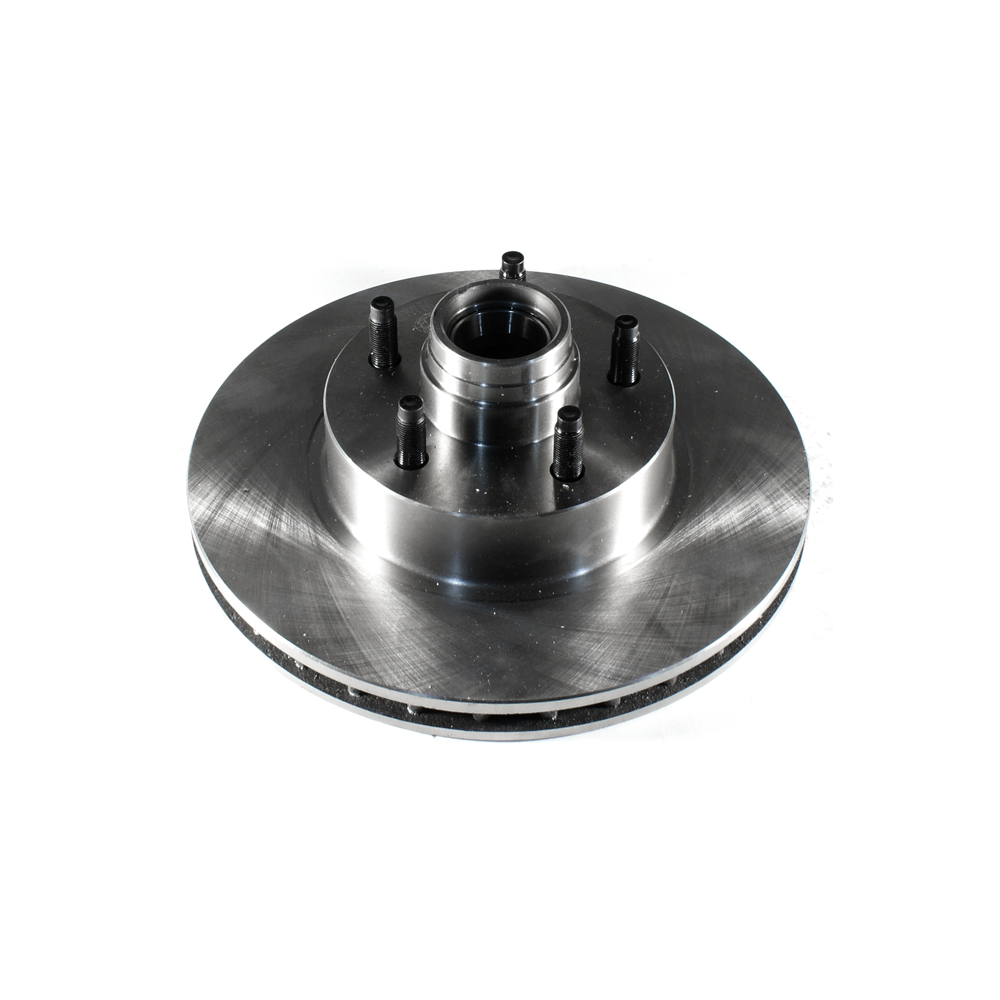
Part No: BR54029
Raybestos: 66597
OE: F5TZ1102H
Raybestos: 66597
OE: F5TZ1102H
$68.11 each
Per Car QTY: 2
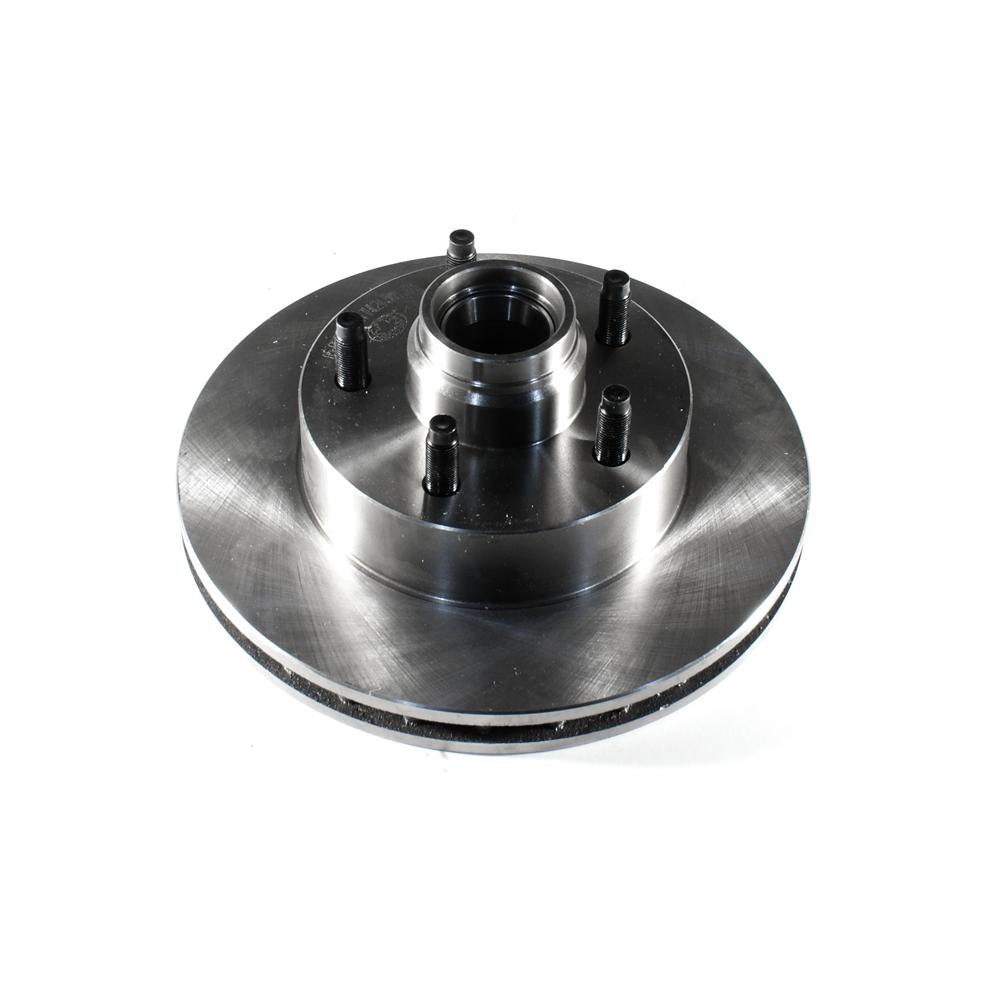
Part No: BR54058
Raybestos: 66672
OE: F87Z1102BB
Raybestos: 66672
OE: F87Z1102BB
$50.09 each
Per Car QTY: 2
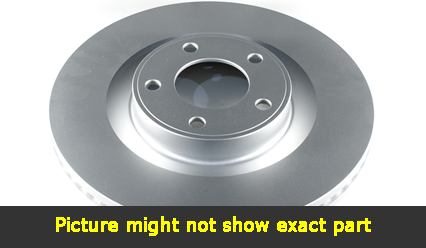
Part No: PP54029
Raybestos: 66597
OE: F5TZ1102H
Raybestos: 66597
OE: F5TZ1102H
$80.42 each
Per Car QTY: 2
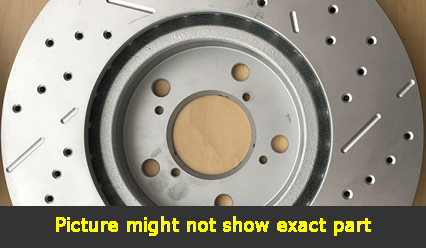
Part No: SP54029L
Raybestos: 66597
OE: F5TZ1102H
Raybestos: 66597
OE: F5TZ1102H
$116.87 each
Per Car QTY: 1
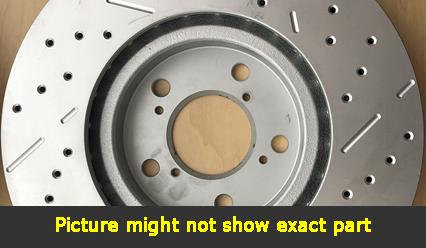
Part No: SP54029R
Raybestos: 66597
OE: F5TZ1102H
Raybestos: 66597
OE: F5TZ1102H
$116.87 each
Per Car QTY: 1
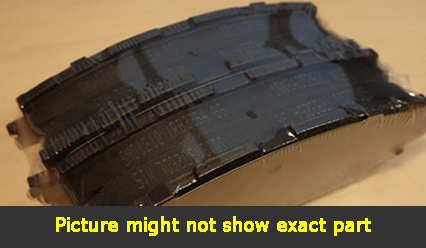
Part No: SMD652
Raybestos:
OE:
Raybestos:
OE:
$22.9 each
Per Car QTY: 1
When it comes to ensuring the safety of your vehicle, there is nothing as crucial as having a reliable braking system. The brakes play a pivotal role in bringing your vehicle to a complete stop and prevent accidents. One vehicle that requires special attention to its braking system is the 2000 Mazda B2500.
The 2000 Mazda B2500 is a compact pickup truck that is known for its durability and versatility. Whether you use it for daily commutes, hauling cargo, or off-road adventures, having a well-functioning braking system is essential for the safety of yourself, your passengers, and other road users.
The braking system on the 2000 Mazda B2500 consists of various components that work together to provide efficient and reliable stopping power. These components include brake pads, rotors, calipers, drum brakes (if equipped), brake lines, and brake fluid. Understanding these parts and their maintenance requirements is important to ensure your brakes are always in optimal condition.
Brake pads and rotors are the primary components that generate the friction necessary to stop your vehicle. Over time, brake pads wear down due to constant contact with the rotors. It is essential to monitor the thickness of the brake pads regularly and replace them when they reach the minimum recommended thickness. Similarly, inspecting the condition of the rotors and replacing them if they are warped or excessively worn is crucial for efficient braking performance.
Calipers are responsible for applying pressure to the brake pads, allowing them to make contact with the rotors. Ensuring that calipers are in good condition and function properly is necessary to maintain even brake pad wear and prevent premature brake component failure.
If your 2000 Mazda B2500 is equipped with drum brakes, they require regular inspection and adjustments to maintain optimal performance. Drum brakes consist of brake shoes, which tend to wear out over time. Regular inspection and replacement of worn-out brake shoes is crucial to avoid loss of braking power.
Brake lines transport brake fluid from the master cylinder to the brake calipers or wheel cylinders. Over time, these lines can become corroded or damaged, resulting in brake fluid leaks. Regular inspection of brake lines for signs of leaks or damage is essential for the overall health of your braking system.
Brake fluid plays a critical role in the operation of your vehicle's brakes, as it transmits the force applied to the brake pedal to the brake components. It is important to regularly check the brake fluid level and ensure it is replaced according to the manufacturer's recommendations. Brake fluid tends to absorb moisture over time, reducing its effectiveness. Regular brake fluid flushes are necessary to maintain optimal braking performance.
In conclusion, the braking system of a 2000 Mazda B2500 is a vital safety component that requires regular inspection and maintenance. Regularly checking the brake pads, rotors, calipers, drum brakes (if equipped), brake lines, and brake fluid is essential to ensure your vehicle stops efficiently in all driving conditions. Neglecting these maintenance tasks can result in reduced braking performance, leading to potential accidents. Stay vigilant and prioritize the proper maintenance of your braking system for the utmost safety behind the wheel of your Mazda B2500.
The 2000 Mazda B2500 is a compact pickup truck that is known for its durability and versatility. Whether you use it for daily commutes, hauling cargo, or off-road adventures, having a well-functioning braking system is essential for the safety of yourself, your passengers, and other road users.
The braking system on the 2000 Mazda B2500 consists of various components that work together to provide efficient and reliable stopping power. These components include brake pads, rotors, calipers, drum brakes (if equipped), brake lines, and brake fluid. Understanding these parts and their maintenance requirements is important to ensure your brakes are always in optimal condition.
Brake pads and rotors are the primary components that generate the friction necessary to stop your vehicle. Over time, brake pads wear down due to constant contact with the rotors. It is essential to monitor the thickness of the brake pads regularly and replace them when they reach the minimum recommended thickness. Similarly, inspecting the condition of the rotors and replacing them if they are warped or excessively worn is crucial for efficient braking performance.
Calipers are responsible for applying pressure to the brake pads, allowing them to make contact with the rotors. Ensuring that calipers are in good condition and function properly is necessary to maintain even brake pad wear and prevent premature brake component failure.
If your 2000 Mazda B2500 is equipped with drum brakes, they require regular inspection and adjustments to maintain optimal performance. Drum brakes consist of brake shoes, which tend to wear out over time. Regular inspection and replacement of worn-out brake shoes is crucial to avoid loss of braking power.
Brake lines transport brake fluid from the master cylinder to the brake calipers or wheel cylinders. Over time, these lines can become corroded or damaged, resulting in brake fluid leaks. Regular inspection of brake lines for signs of leaks or damage is essential for the overall health of your braking system.
Brake fluid plays a critical role in the operation of your vehicle's brakes, as it transmits the force applied to the brake pedal to the brake components. It is important to regularly check the brake fluid level and ensure it is replaced according to the manufacturer's recommendations. Brake fluid tends to absorb moisture over time, reducing its effectiveness. Regular brake fluid flushes are necessary to maintain optimal braking performance.
In conclusion, the braking system of a 2000 Mazda B2500 is a vital safety component that requires regular inspection and maintenance. Regularly checking the brake pads, rotors, calipers, drum brakes (if equipped), brake lines, and brake fluid is essential to ensure your vehicle stops efficiently in all driving conditions. Neglecting these maintenance tasks can result in reduced braking performance, leading to potential accidents. Stay vigilant and prioritize the proper maintenance of your braking system for the utmost safety behind the wheel of your Mazda B2500.


